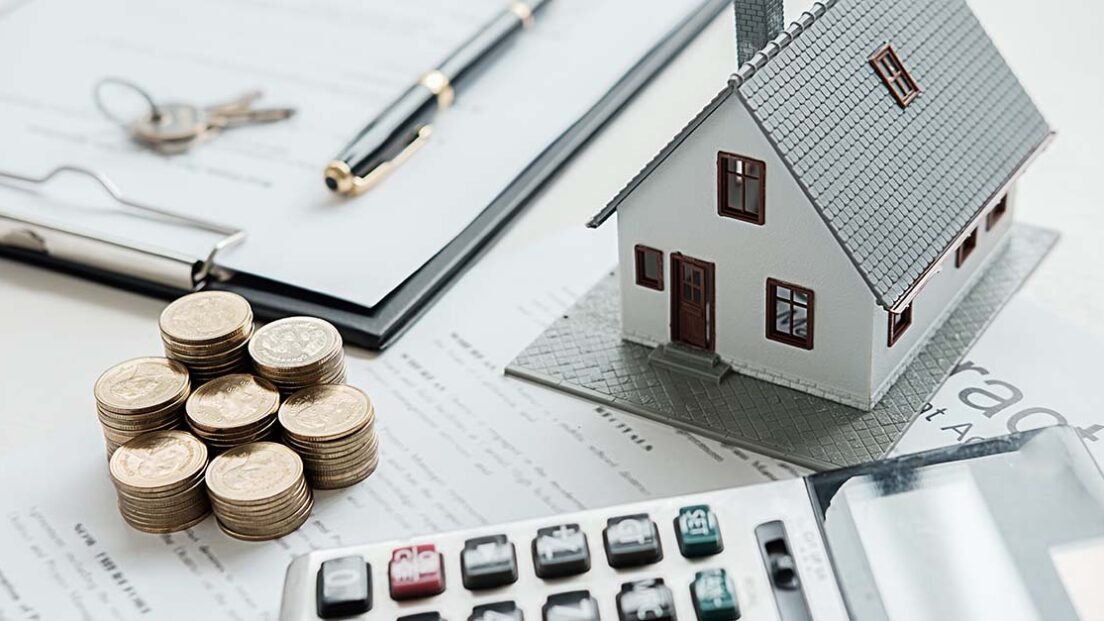Super core residential real estate for return and sustainability

Residential properties in thriving urban locations with a strong ESG profile offer a high degree of stability in terms of both cash flow and valuations.
In order to limit global warming to 1.5 degrees, the world must become climate-neutral by 2050 according to the Paris climate agreement. Real estate investors play an important role in reducing CO 2 emissions. According to the World Green Building Council, buildings cause around 40 percent of global CO 2 emissions during operation and construction.
The 2050 climate goal represents a major challenge because it requires far-reaching measures in the building sector. At the same time, however, it also offers opportunities, especially when it comes to sustainable living space in popular cities. Based on particularly low-risk real estate in a prime location (core assets), in combination with the sustainability factor, one can speak of an up-and-coming “super core” asset class.
Investment decisions are increasingly being made not only on the basis of expected returns, but also on the basis of environmental, social and corporate governance aspects (ESG criteria). Therefore, fund managers go to great lengths to meet sustainability criteria and to communicate transparently. A lot of money goes into optimizing the ESG profiles of potential investments, for example in the form of green building certifications or the climate neutralization of entire funds.
But it is also clear that the industry as a whole needs clear rules if it is to fully exploit its potential to deal with the climate crisis. A corresponding legal framework offers a solid basis to support professional investors on their way to more sustainable decision-making processes.
Financial and social returns
This development also creates new investment opportunities, not least with the new asset class Super-Core. Residential properties in established urban regions with a strong ESG profile are sustainable per se – ecologically, socially and economically. They are also inherently low-risk, as sought-after residential areas in attractive cities have historically proven to be extremely crisis-proof.
Super-Core also offers the opportunity to generate a social return. Large investors are able to manage large housing stocks efficiently and professionally with digital support. This increases the residents' quality of life. They like to live in the neighborhood and move less often. This is all the more true when social infrastructure such as day-care centers, green spaces and local amenities are already firmly integrated during the construction phase. Investors, in turn, benefit from lower tenant fluctuation, a higher occupancy rate and a more sustainable environment overall.
Super-Core also means constructing buildings according to modern sustainability criteria. New near-natural materials and increasingly popular methods such as modular construction can massively reduce both CO 2 emissions and construction time and costs. The components are manufactured in factories and then assembled on site.
It's not just about ESG
It would, however, be wrong to restrict the view to new buildings. Most of the houses that we will live in in the next 50 years have already been built. The sustainable renovation of existing buildings is therefore becoming increasingly important. While every building is different, there are many ways to achieve significant results at relatively low cost. The simple measures include changing the lighting, ventilation and insulation, modern heat and water supply and photovoltaic systems. Greenwashing and redevelopment just for the sake of rent increases must be avoided at all costs. Investors and tenants would rightly rebel.
As important as sustainability is, the appeal of super-core residential real estate lies just as much in its financial security. Aside from logistics, no other real estate market segment has proven as resilient in terms of cash flow and valuations as residential real estate over the past several years. The new Super-Core asset class is a real asset for real estate investors.